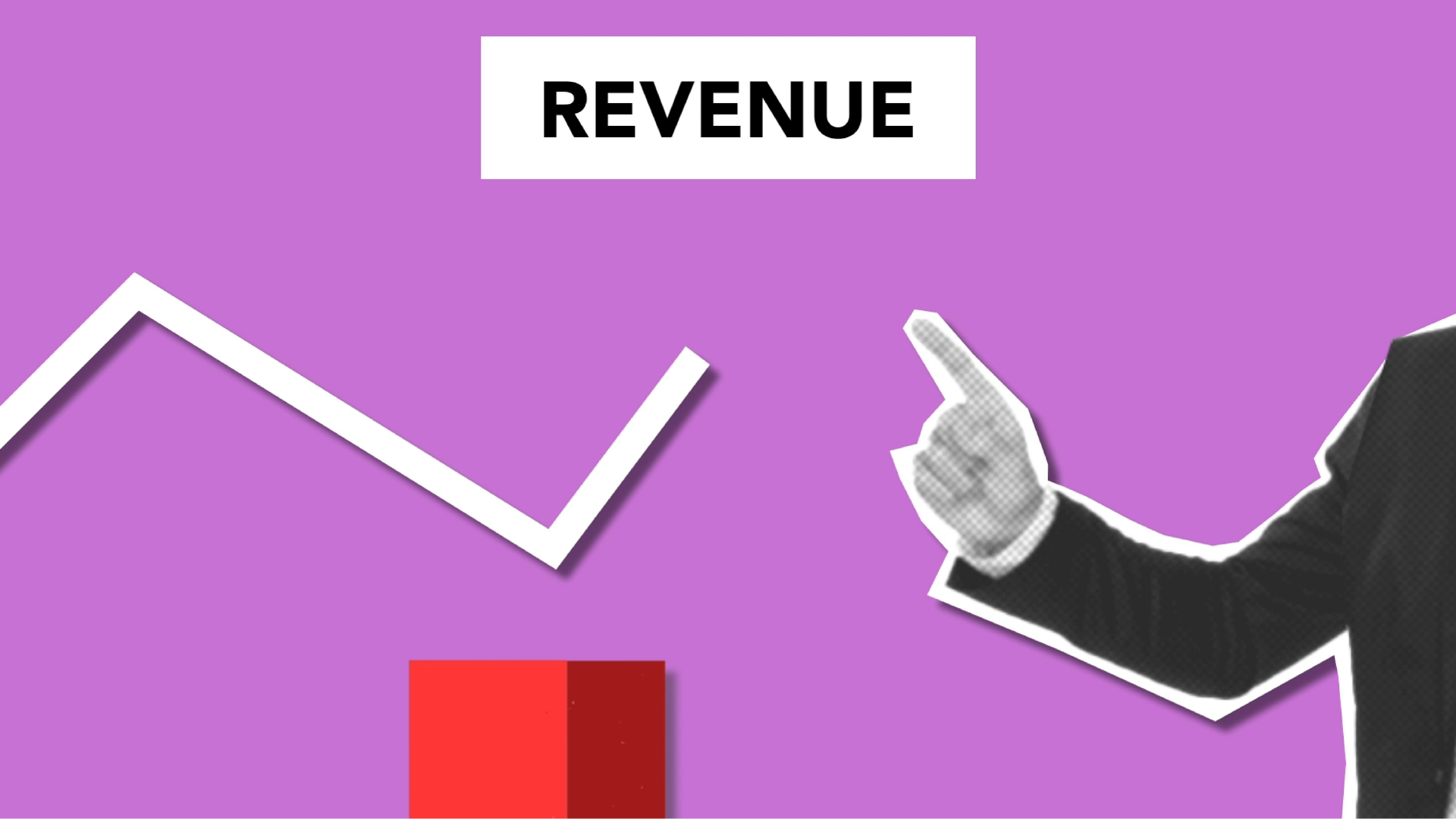Revenue Operations (RevOps) is a corporate function dedicated to increasing a company's revenue potential.
Through the integration of marketing, sales, and service across your organization's process, platform, and people, your chosen revenue operations agency will enable full-funnel accountability.
RevOps, when effectively applied, may help a company reinvent internal operations, increase client acquisition, empower client delight, and develop a revenue-driven company culture.
Revenue is not only a consequence of providing excellent service or products.
Instead, your marketing, sales, and service teams are generated by working together as a single powerful growth team.
We will discuss Revenue Operations more in this article, discover where it came from, what it can do for businesses, and learn about its three pillars.
Let's begin!
Why Was RevOps Created?
Revenue Operations was created so that business owners can stop wishing for revenue and start implementing it across their entire organization.
Traditionally, businesses operated in divisions with separate missions, unconnected customer experiences, and disjointed analytics.
In theory, one hand was unaware of what the other was doing, resulting in money being left on the table.
Revenue Operations arose from a few fundamental necessities.
The first is that marketing technology has grown in importance in the commercial world.
Second, operations management across marketing, sales, and service have to be more efficient and consistent.
Finally, a better client experience necessitated increased connectivity and personalization at scale.
All of these requirements occurred due to customer experience discontinuities, operational inefficiencies, and a lack of visibility into the business's bottlenecks and revenue-generating possibilities.
What Does It Solve?
Teams are encouraged to use the same data collection in RevOps.
As a result, customer service teams can finally utilize data from marketing and sales to build touch points across the customer experience.
Teams may build a customer strategy that is devoted to prospects and customers with more information accessible.
RevOps does necessitate having the proper technologies in place to allow data exchange amongst all revenue generators.
For this to happen, the technological stack plays a critical role.
While installing a new technology stack might be costly, the return on investment is appealing since 60 percent of customer-centric firms are more lucrative than those that aren't.
Customer churn and retention are critical components of a RevOps strategy.
Allowing teams to act on touch points produced at every level of the client journey dismantles the silos that many businesses maintain.
It's critical to make customer data accessible to all teams working on the revenue plan.
Again, free-flowing data makes this feasible.
Revenue Operations assists businesses in ensuring that all operations are focused on generating revenue.
Profits increase as customers continue to purchase.
Prospects who haven't yet become customers are waiting to be added to the list of satisfied customers.
The Three Pillars of Revenue Operations
Process, Platform, and People are the three pillars of RevOps.
Each pillar serves as a foundation upon which the following pillar is placed.
If each pillar is correctly established, you can only attain focus, clarity, and accountability throughout your company.
1. Process
The actions necessary to attain your strategic objectives and the sequence in which they must be completed are defined by process.
This gives your team the framework they need to achieve their goals, including tactical steps, resources, and technology.
Great success has been related to following a structured, supervised sales procedure.
The revenue team's approach is cyclical, with each department working together to nurture a prospect so that they convert (and, ideally, remain) a client.
Internally, well-defined procedures and stages will provide a good experience for the customer and easy interactions across departments.
It's crucial to evaluate the efficacy of each step or stage in the process to determine not just what's functioning but also where improvements may be made.
Communication is critical to this process since it ensures that all stakeholders are informed and that teams have the knowledge they need to pivot swiftly if necessary.
2. Platform
In every circumstance, having correct information is essential to succeed.
To give a clear and accurate story about your revenue stream, you must link and coordinate your technologies inside your business.
Individuals may determine how they, directly and indirectly, affect the pipeline by having a single source of truth.
To provide reliable data, technology must be connected to and coordinated with the revenue funnel.
Teams may quickly assess if their activities directly or indirectly influence corporate objectives when they have a single source of truth.
3. People
The People in charge of putting your process and platforms together and overseeing them are Revenue Operations' third and final pillar.
RevOps will either form a dedicated RevOps team or share RevOps tasks among your current team members, depending on the size of your business.
After you've documented the existing and ideal state processes, you should have a better understanding of what work needs to be done to bring your company from point A to point B.
Adopting RevOps may be as simple as shifting tasks among current employees if you already have operations personnel capable of doing this work.
Alternatively, depending on your internal resources, you may consider expanding your RevOps team with new employees and outside support, such as a B2B marketing firm with experience in this field.
Final Thoughts
Nothing is untouchable, and the return on investment is everything.
The objective of the RevOps agency is to look at everything through the lens of optimization and streamline operations.
This might not be easy if reducing the tech stack causes your teams to be inconvenienced or needs them to learn a new data input procedure.
Consider the world of overlapping tech permissions, erased data, and continual power conflicts as an alternative.
Give your RevOps experts the power to optimize at every stage of the funnel, and you'll see things get done correctly and quicker than ever before.
The three operational pillars above break apart fast without a collaborative culture to support them, which is why the RevOps strategy is more than just an organizational structure.
It's not enough to name a procedure and then expect everyone to follow it.
Your teams must be prepared for potentially significant changes to achieve success.
Take a deep breath and consider all the possible scenarios that might happen; self-reflection is encouraged.


